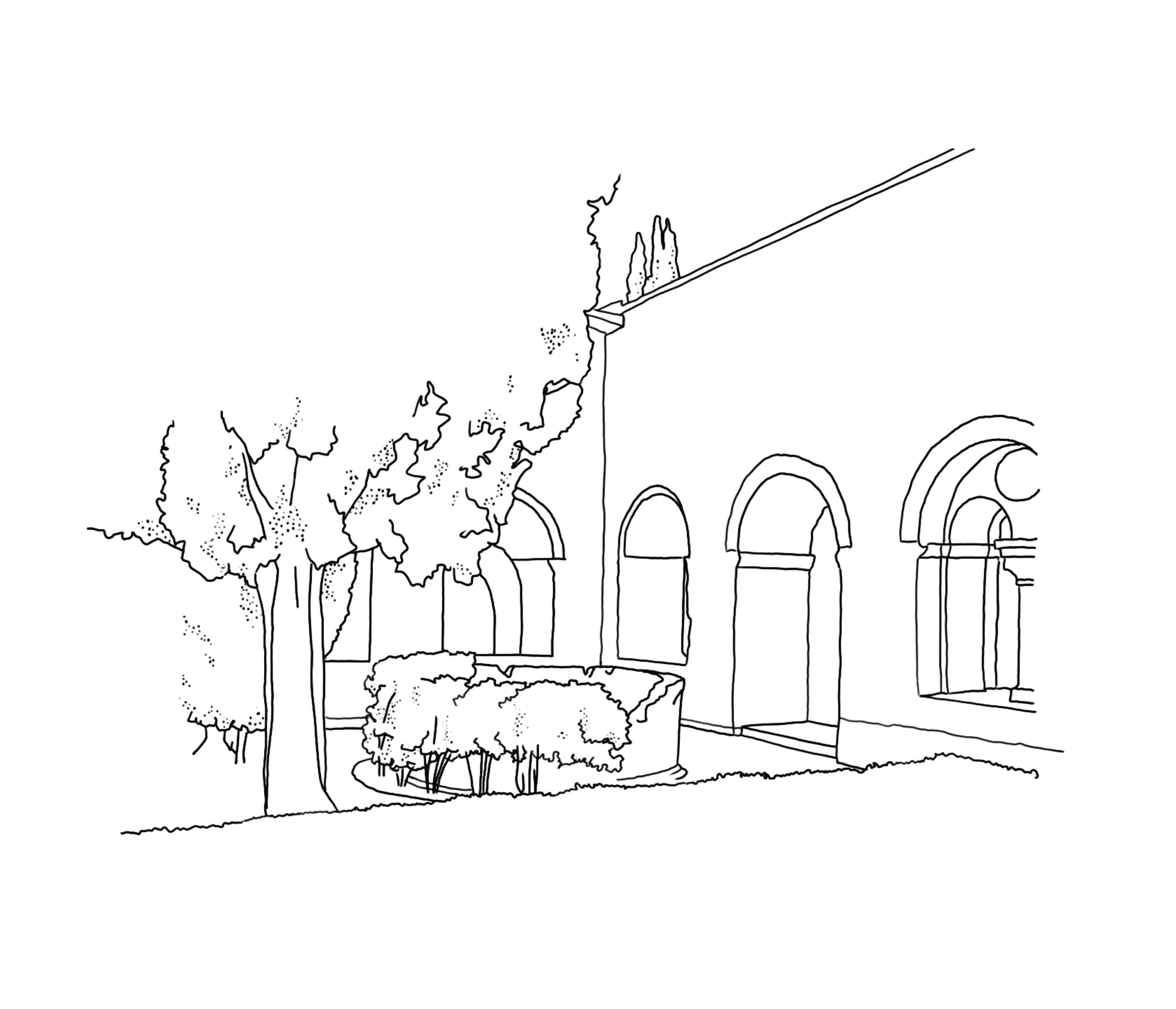They were often related to Theology, as for example in the Exegesis of Gregory the Great to the Song of Songs the colour is already described as a sort of vanity that conceals the true meaning of things: lingering on word and not their meaning is compared to looking at the colours of a painting. (1)
The interpretation of the Bible is nowadays clearly very far from the choices of the consumer, even if this dichotomy is still standing wherever the western thinkers had an influence. Expensive professional products on one side, with neutral colours, and cheap products with bright colours dedicated to a wider audience on the other.
From a designer's point of view, every project starts with a blank canvas, entirely white, borderless. The starting point is always white, even when working with pre-existing graphics. The task of the designer is to pick which materials, forms or elements should be used. Which things should be kept, which ones should be left aside.
A trivial approach would be filling the canvas with whatever is at hands: symbols, logos, text, pictures, drawings, colours. That’s where the tendency to decorate the objects that are dedicated to a wide audience comes from. It looks like the artist is asked to always have a palette filled with acrylics, oils, watercolours of every imaginable tint to please the visual consumerism of the public, to be a pop artist.
In support of this point of view proposing “abundance”, the etymological interpretation of the word “colour” by Isidore of Seville, as he positively associated it to the concept of “heat” (“calor”). (2)
However, the white canvas is pure, and every sign removes some of its purity. White slowly fades to grey. The pop artist thrives in the abundance of the Postwar, where austerity left its place to household appliances, cars and holidays — today’s designer lives in a bulimia that radically changed the climate of an entire planet. That's why today it's worth paying extreme attention to every sign we decide to trace on the white canvas. That's because today the other etymological interpretation of the word “colour” seems much more appropriate: an association with “hiding” (“celare”), concealing reality behind a decoration. (3)
What to trace then? We use typography, the most precise method for the transmission of knowledge. We use photos and images when essential, when complementary to the text. Do we need anything else? We can in fact limit the use of those material whose meaning is impossible to quantify: colour for example.
Green stands for nature or for dollars? Why can blue represent security when security vests are bright yellow? Why orange is a warm colour when an amber light has a very low temperature? We already have plenty of symbols and meanings to remember: colour adds more variables that are hard to control. “Using black and white or a greyscale can help you making very precise decisions”, Kasper-Florio said to Ligature. (4) Beautiful colours are already found in nature, AG Fronzoni kept saying.
Ockham asks us to prefer the easiest solution: designing with black and white. “Black and white represent truth”, writes Helmut Schmid to Designculture (5), colour survives only when used as colour, to identify, to signal: a yellow helmet, a blue link.
After all, black text on a white background is still the best condition for legibility (6). There’s no purpose in distracting the public other than making something “pop”: we need austerity.
Thank you for reading!
(1) Cant.4 (CCSL 144:5, II. 49-54): “Sic est enim scriptura sacra in uerbis et sensibus, sicut pictura in coloribus et rebus: et nimis stultus est, qui sic picturae coloribus inheret, ut res, quae pictae sunt, ignoret.”
(2) Etymologiae, libro XIX, sezione 17, 1.
(3) Andres M. Kristol, “Color: les langues romanes devant le phénomène de la couleur”, Berne, 1978 (Romanica Helvetica, vol. 88), p. 9-14
(4) [http://ligature.ch/2014/08/kasper-florio-interview/]
(5) [http://www.designculture.it/interview/helmut-schmid.html]
(6) [https://hrcak.srce.hr/file/275271] and plenty of other studies









